|
The daisy—that most common, yet often overlooked flower—symbolizes renewal, happiness, positivity, and new beginnings. The name originates from Old English, “day’s eye,” describing the way in which the petals open in the morning and close at night. The symbolism here is obvious, and it’s where we get the phrase “fresh as a daisy”, referring to a refreshing night’s sleep and rejuvenation. By extension, babies and rabbits are associated with daisies, as is April, the first full month of spring. The daisy is a positive little flower, delicate yet strong and full of hope.
0 Comments
Cats. They are such fierce and elegant creatures, aren't they? Coy and arrogant, yet cute and cuddly. And we love them to bits! Our feline friends are nocturnal creatures that like to hunt at night, associated with nighttime and darkness. They are also helpful in that they hunt pesky mice and snakes that plague households. But mainly, they are our companions. This complex relationship has remained remarkably unchanged for as long as they’ve domesticated us. (No, you read that right!) These days, there’s a new favorite medium in my tool kit—air-dry clay! The more I work with this product, the more inspired I am to create things with it. It’s so organic! Anyone who enjoys baking can relate to the satisfaction of feeling their fingers push into soft dough, shaping and reshaping it until they achieve just the right texture and form. I couldn’t help but notice the resemblance as I experimented with this clay material. And, since this is a new fascination for me, I simply HAD to include something clay in my new handcrafted fairy houses! Two new projects need a final whimsical flourish, and I immediately thought of miniature clay mushrooms. What could be more magical?! Whoever thought I’d build a miniature medieval house? I certainly never did…But, I did it! A few years ago, I had an idea for a half-timbered-style house. (How very ambitious of me!) A few sketches were made, and then nothing…for a couple of years. Last year, I finally dusted off the idea, reworked the drawings, and set to work building a stylish medieval home for my resident fairy. The Inspiration for this design came from images of half-timbered buildings from places like England, France, and Germany. Photos of The Shambles (an iconic street in York, England) provided plenty of fodder for my imagination. Today, I’m sharing a behind-the-scenes look at my design process and materials used to create this newest handcrafted fairy house! A behind-the-scenes look at the creative process It all started fifty years ago with a Fisher-Price bi-fold castle, complete with a drawbridge, dungeon, and a moat featuring a menacing painted alligator. The seeds of fascination were planted, and the love affair with castles began. If only my four-year-old self could see me now! Of course, I was going to build my very own enchanted castle…That was always in the cards. Certain things are simply inevitable! So, call this one a passion project. Today’s blog post is for those who share this passion (or for the merely curious). Are you ready for a behind-the-scenes look at the design concept and materials used to create this whimsical fairy castle tower? Hang onto your dragon…Here we go! Guest post by Fatjoe Publishing In the stillness of the early pandemic days, many of us discovered a new rhythm—one that included long walks, slow mornings, and, perhaps most beautifully, gardening. It wasn’t just a way to fill time; it became something more grounding, more intentional. As shared in this lovely reflection on gardening, there was comfort in nurturing something, in watching beauty bloom through uncertainty. Now, years later, the garden remains a place of quiet joy. But the question many are asking is how to make that space feel not just functional, but magical. The answer might lie in the gentle aesthetic of the cottagecore garden—a soft, lush, and romantic space that blends wild beauty with thoughtful charm. Fill It With Useful and Beautiful Plants Cottagecore gardens are filled with life—not just in bloom, but in purpose. The flowers you choose can be both stunning and useful, and the planting style leans into layered abundance. Picture tall hollyhocks and spires of delphinium dancing in the breeze, while foxgloves and sweet peas wind their way along fences and arbors. At ground level, herbs add texture and scent. Lavender, thyme, rosemary, and mint not only smell heavenly, they’re handy in the kitchen and attract bees and butterflies. Calendula adds color and can be used in homemade salves or teas. The beauty of a cottage garden is that it doesn't follow rigid rules. It's about planting what you love and letting it mingle in unexpected ways—a space where every bloom feels like it belongs. Let It Keep Its Wild Spirit Part of the charm of a cottagecore garden is how it leans into the soft and unstructured. Unlike manicured lawns and neat hedges, these gardens allow plants to flow freely, often self-seeding from year to year. Paths don’t have to be perfectly straight, and flowerbeds can be slightly overgrown without feeling neglected. This low-maintenance, high-reward style is perfect for anyone who wants to enjoy their garden rather than constantly manage it. Let climbing roses tumble over trellises, allow daisies to pop up between pavers, and embrace the natural rhythm of the seasons. The goal isn’t perfection—it’s creating a space that feels like nature had a hand in the design, where the garden itself is gently guiding the process. Make It Your Private Slice of Heaven The most magical gardens are the ones that feel like your own secret hideaway. Cottage gardens invite you in with soft details—wrought iron chairs tucked beneath trees, lanterns strung along branches, and perhaps a vintage table set for two. To preserve that sense of peace and privacy, a gate can add both charm and function. It marks the garden as a special space, your own quiet retreat. For ease and security, consider working with a gate operator to install a gate that suits your home’s style and the dreamy feel of your garden. Paired with a wooden fence or a rose-covered arbor, a gate becomes more than an entryway—it’s a moment, a welcome, a way of saying: “You’re entering somewhere lovely.” A cottagecore garden is never about trends—it’s about soul. It’s about creating beauty, finding peace, and expressing yourself in your own outdoor corner of the world. You don’t need to overhaul your yard overnight. Start with a favorite flower, a cozy bench, or a winding path. Over time, the space will shape itself into something soft, lived-in, and uniquely yours. Creating the finishing touches Welcome to the fourth and final part of my latest drawing tutorial series featuring a spiral knot border design. This blog post includes helpful tips and resources for you to consider while finalizing the design details for your new artwork. We will discuss mediums, line definition, texturing, the use of color, and creative applications for this border template. The hard work is done…Now it’s time to get creative! Creating the rough spiral knot design Welcome to Part 3 of this circular spiral knot border drawing tutorial series!
In parts 1 and 2 of this tutorial series, we created grid sections and break lines for a round border for a spiral knot design. In this tutorial (Part 3), we will begin working on the spiral design. We will draw our design as a single line, establish the over-under weave pattern for the thread, and finish this part with a rough sketch of the entire thread. So grab your art supplies, and let’s have some fun drawing spiral knots! Creating the grid and breaks Welcome to Part 2 of this four-part series on how to draw a circular spiral interlace border! If you haven’t read Part 1 yet, I suggest checking that out first before proceeding with this tutorial. (Click here to read Part 1.) In Part 1, we drew the circular borders and divided them into equal sections to create a grid. Now, we will plot out the break patterns that will determine the style and direction of your spiral design. So grab your drawing supplies (my suggested supply list is below), and let’s delve into today’s tutorial! Dividing a circle into 64 equal parts using a compass In a previous tutorial, I showed you how to draw a straight spiral interlace border. Today’s tutorial is the first in a four-part series that builds on that premise, walking you through using the same design pattern in a circular border. (You can find that tutorial here.) In this series, you will plot the basic template on a grid, add the break pattern, draw the rough lines, plot the overlaps, and stylize the final design. So, let’s start with Part 1, where you will draw the circles for your round border and then break that border into 64 equal sections. Below, you will find my suggested supply list for this project. Your guide to the latest trend in enchanting room design! Have you seen the latest home decor trend on Pinterest? It’s called Castle Core, and it’s predicted to be the hottest interior design style this year! I have been completely captivated by castles since I was a toddler, so this decorative trend is one bandwagon I can’t resist jumping on! So what is Castle Core? Let’s explore this “happily-ever-after” style together… The Castle Core home decor aesthetic—also referred to as Medieval Core or Royal Core—draws inspiration from design styles found in the Old World European castles, English manors, and French chateaux. The medieval period, or Middle Ages, lasted from approximately 500 AD to 1500 AD. This gives you 1,000 years of stylistic nuances to consider when creating this design scheme. That’s a lot of room for self-expression! Castle Core decor blends historical design styles with mythological and fantasy elements. The obvious word associations for Castle Core are Gothic, medieval, and royal, but other stylistic considerations include luxury, comfort, heraldry, elegance, vintage, and Maximalism. The perfect fairytale castle sanctuary will also include home accents that fill your space with an essence of escapism, fantasy, enchantment, romance, and drama. Close cousins of the Castle Core aesthetic include the English Manor style, Cottage Core, Victorian, Gothic Revival, Fairy Core, Rococo, Western Gothic, and Modern Gothic. Each of these styles creates a sense of nostalgia for a bygone era while blending contemporary sensibilities. A wide range of decorative styles overlap or fall into the category of Castle Core, but today’s focus will be on the mystical, fairy-inspired version. Think King Arthur, Harry Potter, or Grimm’s Fairy Tales. So grab your white unicorn, and let’s get started! Hello, and welcome to another Celtic-inspired art drawing tutorial. Today’s tutorial will feature a simple spiral knot border that you can use to decorate line art, drawings, or craft items. Grab your drawing materials, and let’s get this party started!
Guest post by Kim G. Combining natural and whimsical themes in event decor is a creative way to design a unique and memorable space. By blending earthy tones and organic elements with playful, magical accents, you can create a stunning atmosphere for weddings, birthday parties, or corporate events. Here’s a guide to help you bring this style to life and achieve the perfect balance.
Welcome to another drawing tutorial blog!
Today’s drawing tutorial uses multiple spirals in an expanded 8 x 8 grid. This tutorial will make more sense if you first read my previous blog (or watch the video) on how to draw a basic spiral knot, as this exercise will expand on that design to create a more complex panel with four spirals. If you are ready to tackle the next step, grab your drawing supplies, and let’s get creative! Welcome back to another Celtic knot drawing tutorial! This tutorial is the beginning of a series dealing with various styles of spiral knots and their application. In this blog, you will learn how to draw one type of simple spiral knot, setting the stage for the next tutorial where we will explore a more complex panel pattern. This particular spiral knot can be found in the ancient illuminated manuscript, the Book of Durrow, where it appears in border designs on pages full of intricate artwork. We’ve covered other design elements from this book in previous drawing tutorials (see the links at the end of this blog) so we’ll continue our journey with one more! Grab your drawing supplies and let’s get started! In today’s DIY, I will show you how I made a fall door wreath using a pumpkin-shaped wireframe from Dollar Tree, spooky Halloween ribbon, and fall faux florals. It’s getting close to Halloween and nothing is on my front door! So I decided to make a door wreath using a pumpkin wireframe I bought from Dollar Tree last year. The wireframe will be dressed up with black cat wire ribbon and faux floral stems in red and cream (my favorite color combination), all from Factory Direct Craft with a few green leaves scavenged from my faux floral stash. Since I want to reuse the materials after Halloween I used minimal hot glue in this project. Here’s the best part—this simple DIY project can be done in under an hour! If you’ve ever tried to apply shingles in a straight line on a dollhouse roof you know the challenge of keeping everything straight and in alignment! The struggle is real! One of my current craft projects involves applying shingles to a miniature fairy house roof. The rhythmic visual effect of overlapping tiles on a roof is strangely satisfying…but the same can’t be said of the process of applying those tiles! With a little preparation though this activity can go a lot smoother. Today’s blog outlines steps to help make the application of dollhouse roof tiles easy and precise so you can enjoy both the process and the result. If you are a crafter or artist who would like to know how to create a three-dimensional cone shape from a 2D drawing this article is for you! In today’s blog, I will share three simple ways to draw a 2D pattern for a cone. We will try the following techniques: 1) use a triangle point to draw a circle, 2) use a triangle’s diagonal line to draw an arc, or 3) draw triple triangles. Images from Amazon.com. Click the links below to view or purchase. If you’re a Lord of the Rings fan, this is for you! The Fairycore, Hobbitcore, and Goblincore home decor trends on Pinterest inspired a list of my favorite Hobbitcore finds on Amazon. All of the items on today’s list are influenced by the Hobbit house and the famous movie we all know and love! If this is your vibe, read on!
Images from Amazon.com. Click the links below to view or purchase. Dark Academia is a sophisticated Old World design trend that reflects traditional values. But it’s one of the easiest designs to transition to a spooky Halloween vibe! You can place a life-size skull on a stack of books, hang a dark-framed piece of Gothic art with weird and creepy insects on your wall, place an ornate Victorian candelabra on your desk, and add dark blankets or throw pillows to your chairs. Maybe create something of a Dracula’s castle vibe—worldly and intelligent yet dark and brooding.
I’ve done “must-have” lists for Dark Academia home decor previously but this time I thought I’d have a little fun with it and give it a Halloween twist. So read on for more Dark Academia inspiration! |
Author
Some of the posts on this site contain affiliate links. This means if you click on the link and purchase the item, I will receive an affiliate commission. Categories
All
Archives
October 2025
|
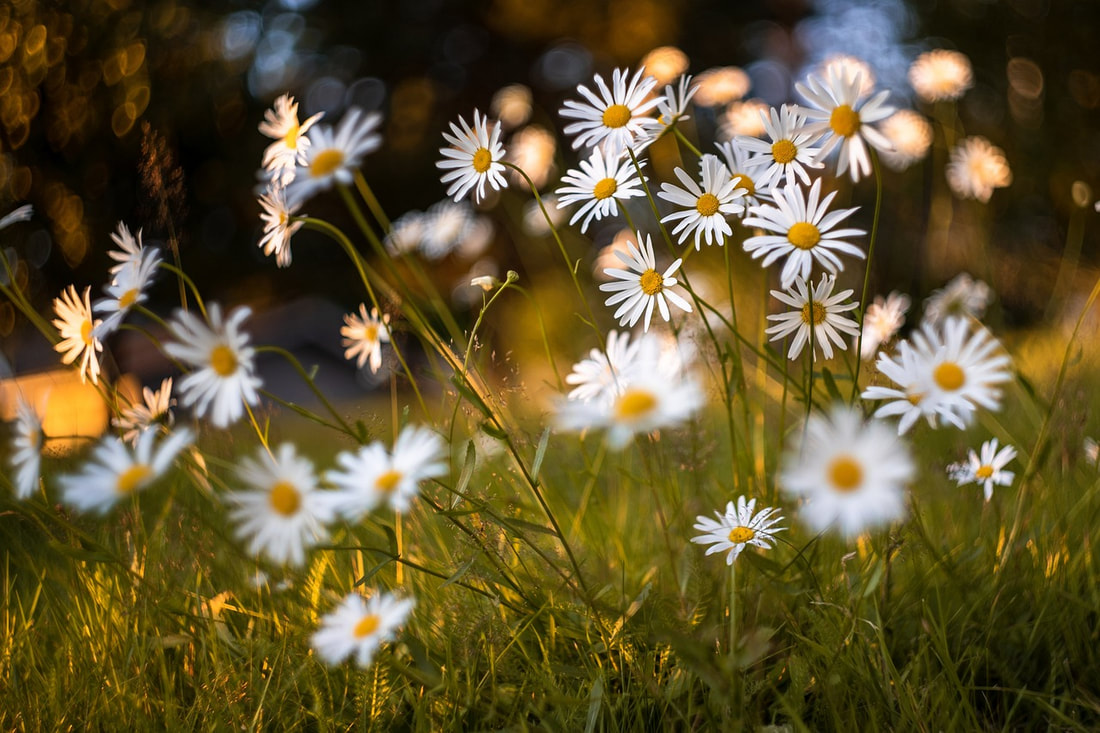
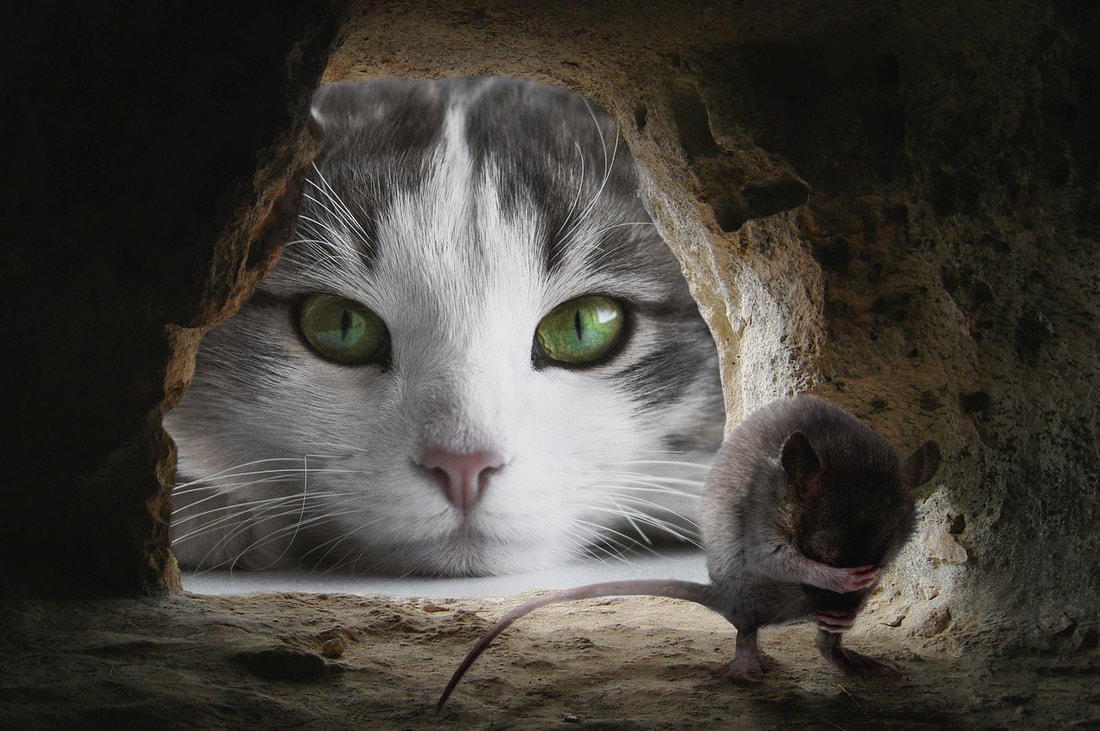
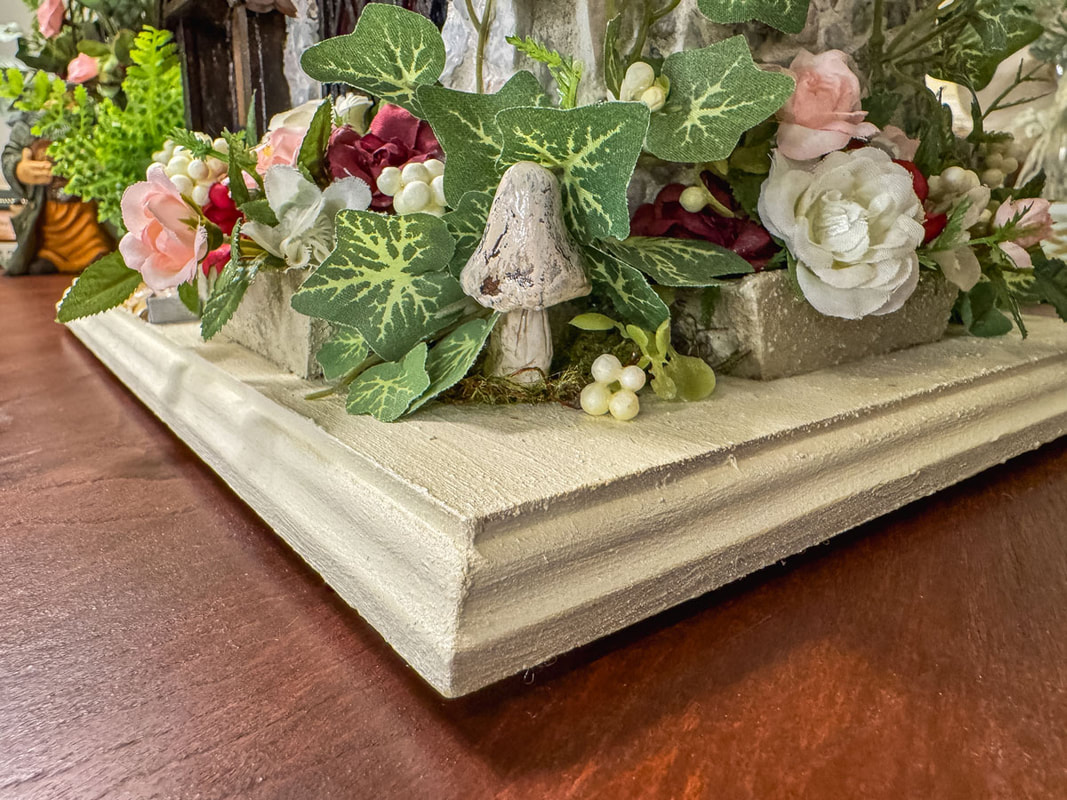
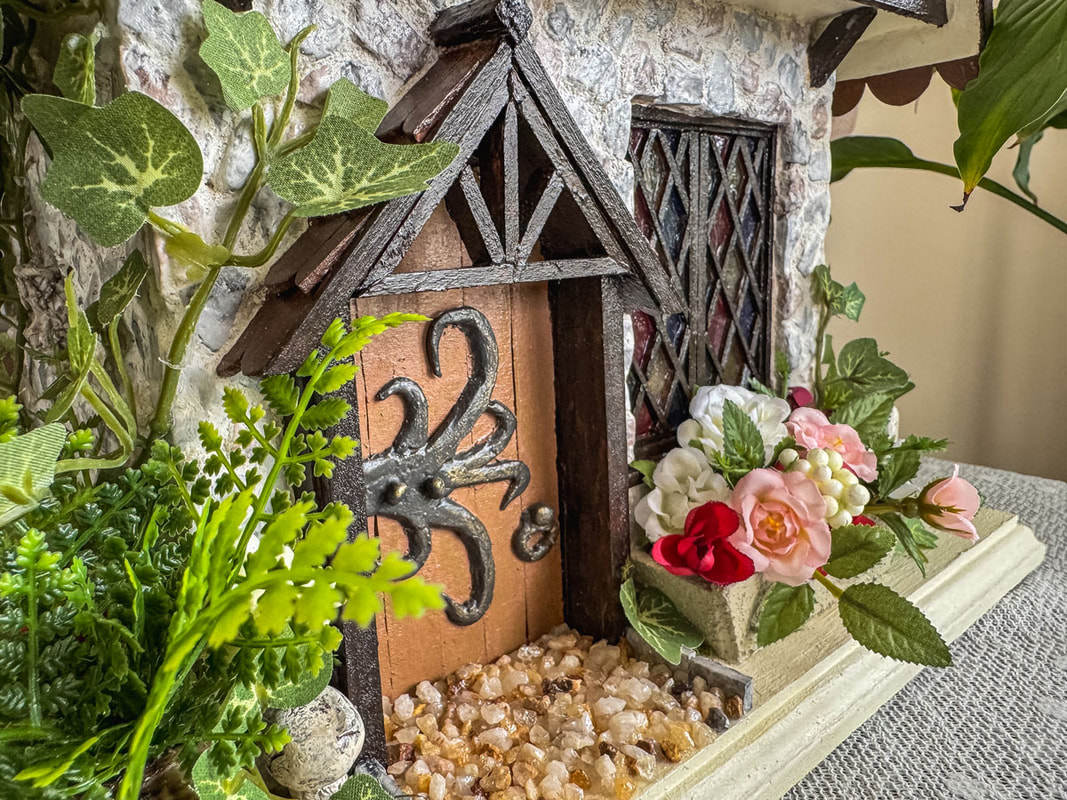
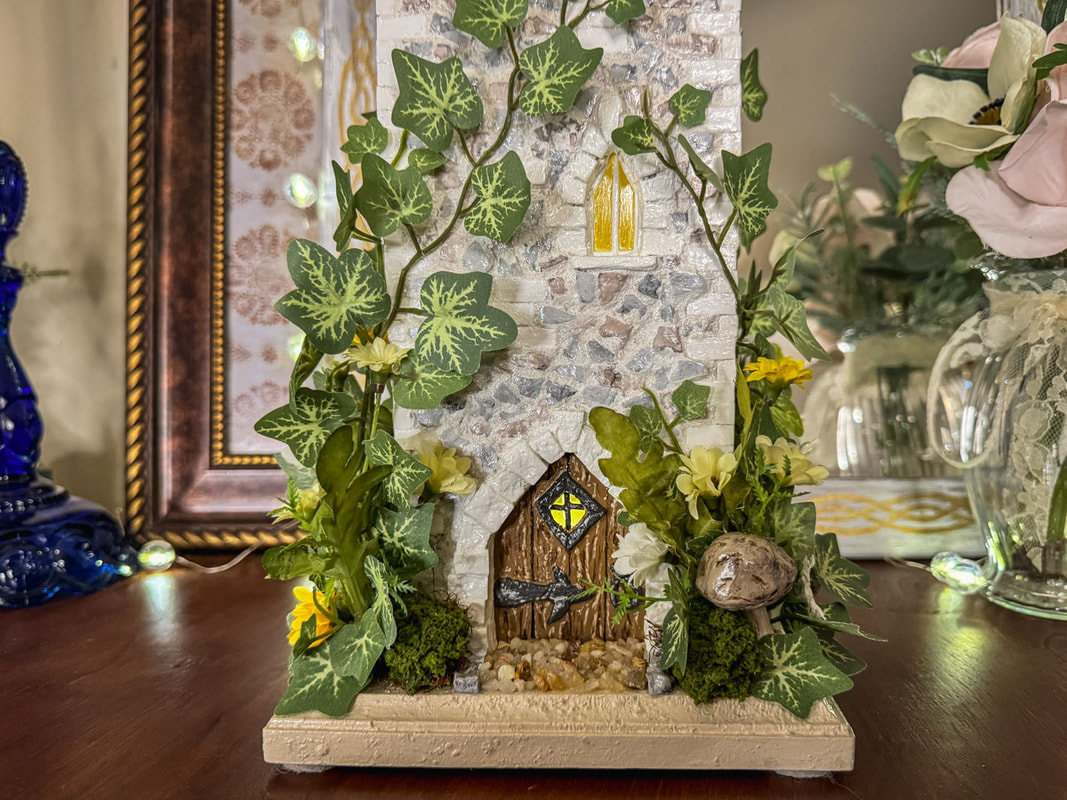


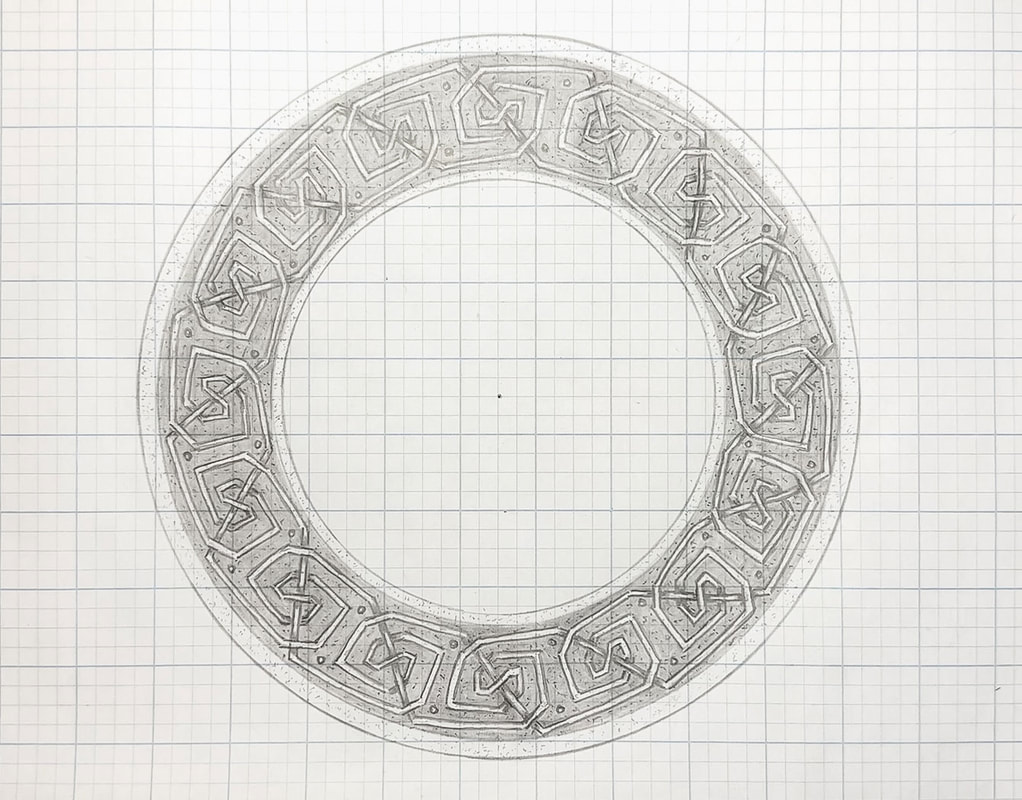


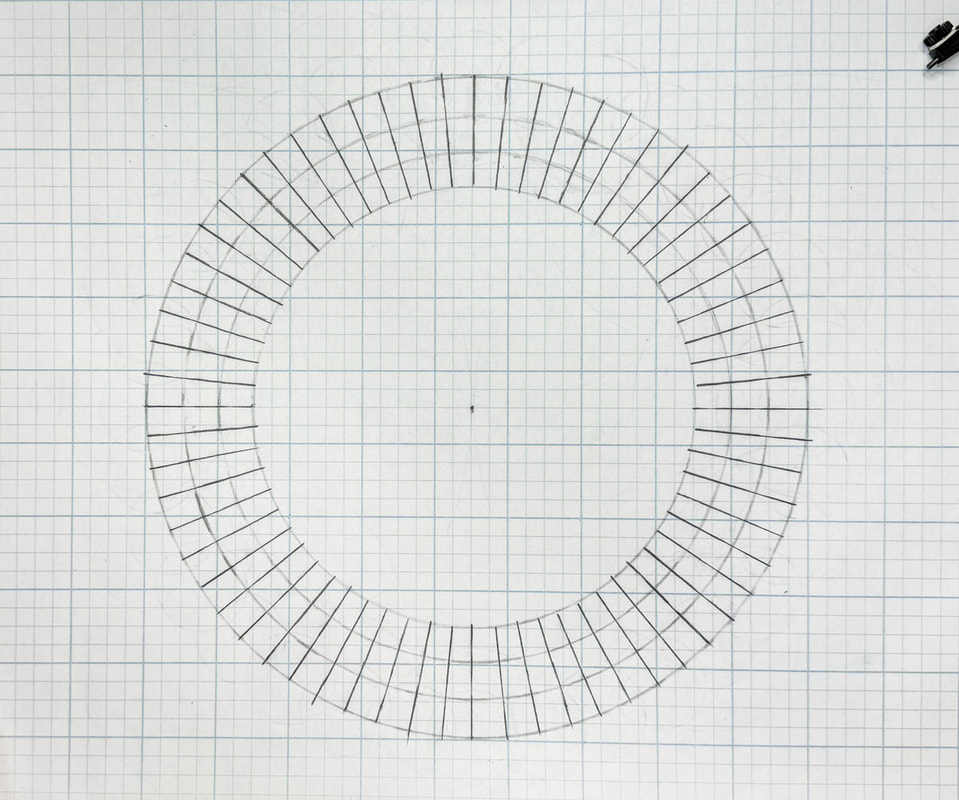



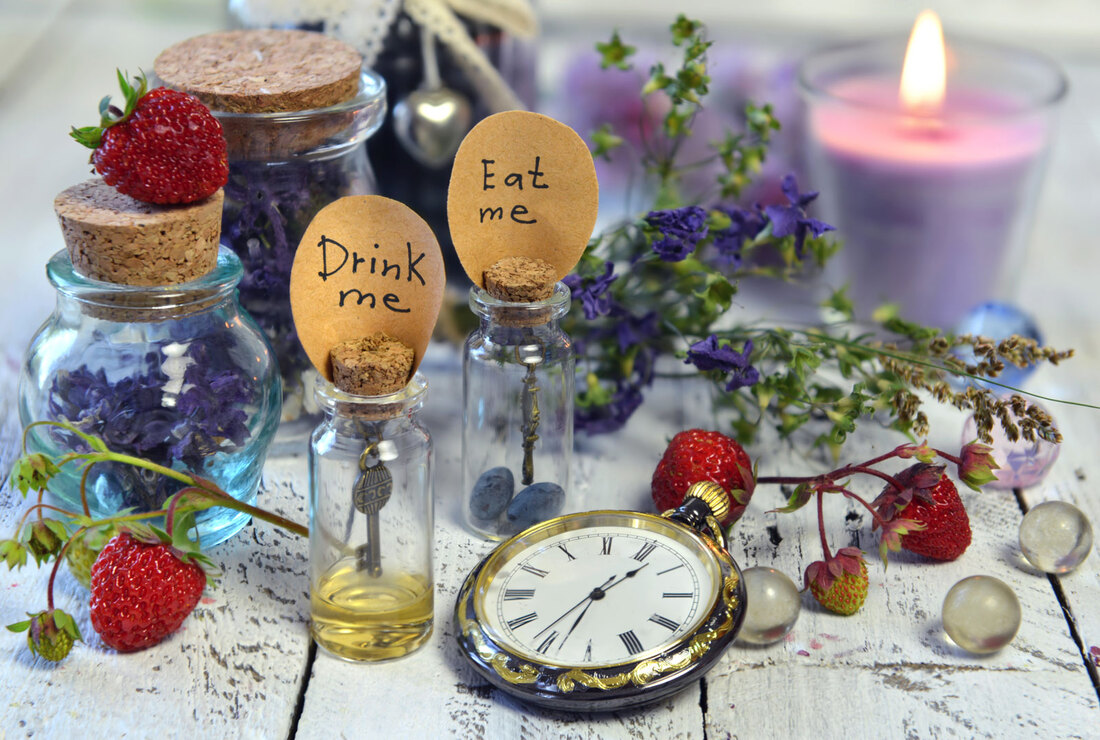

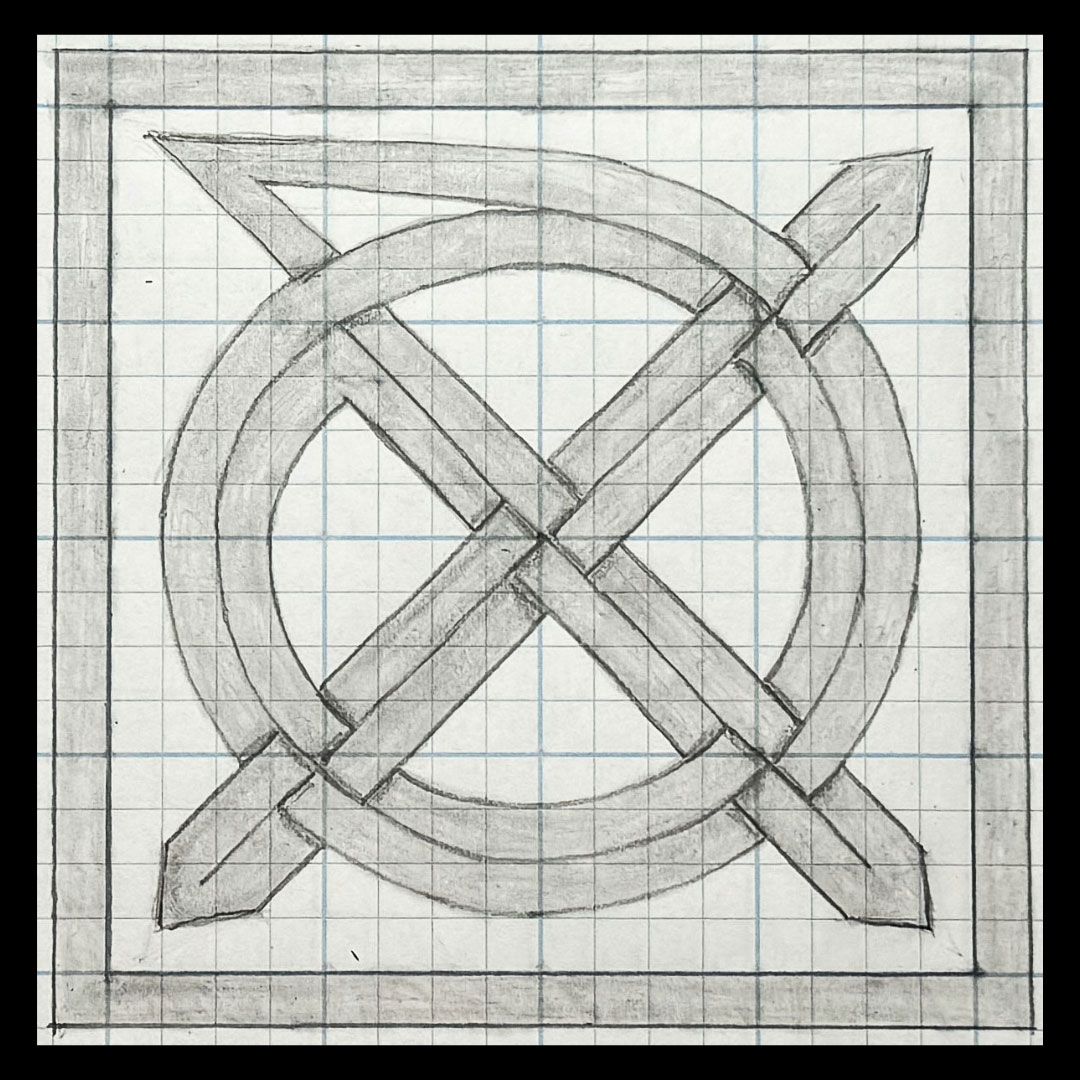

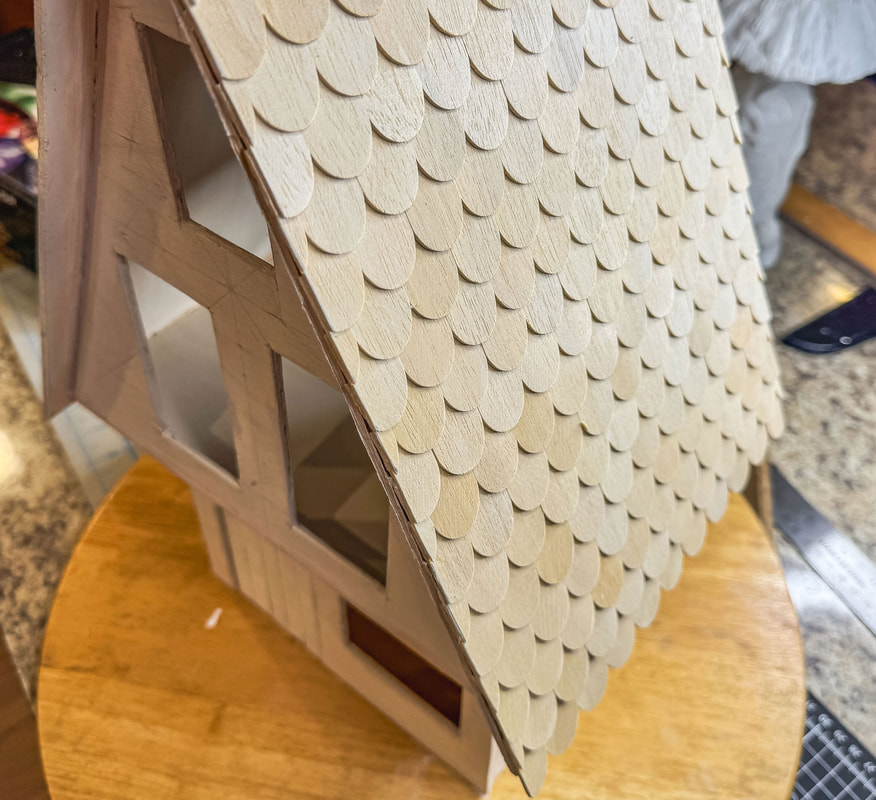
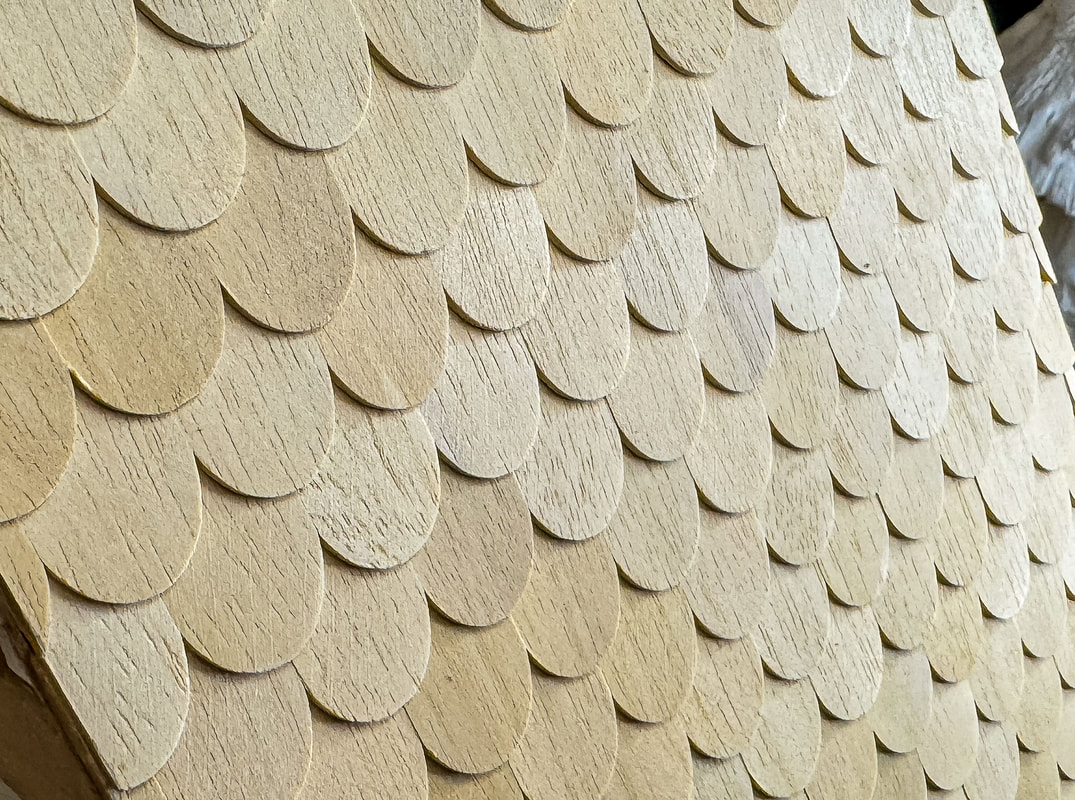
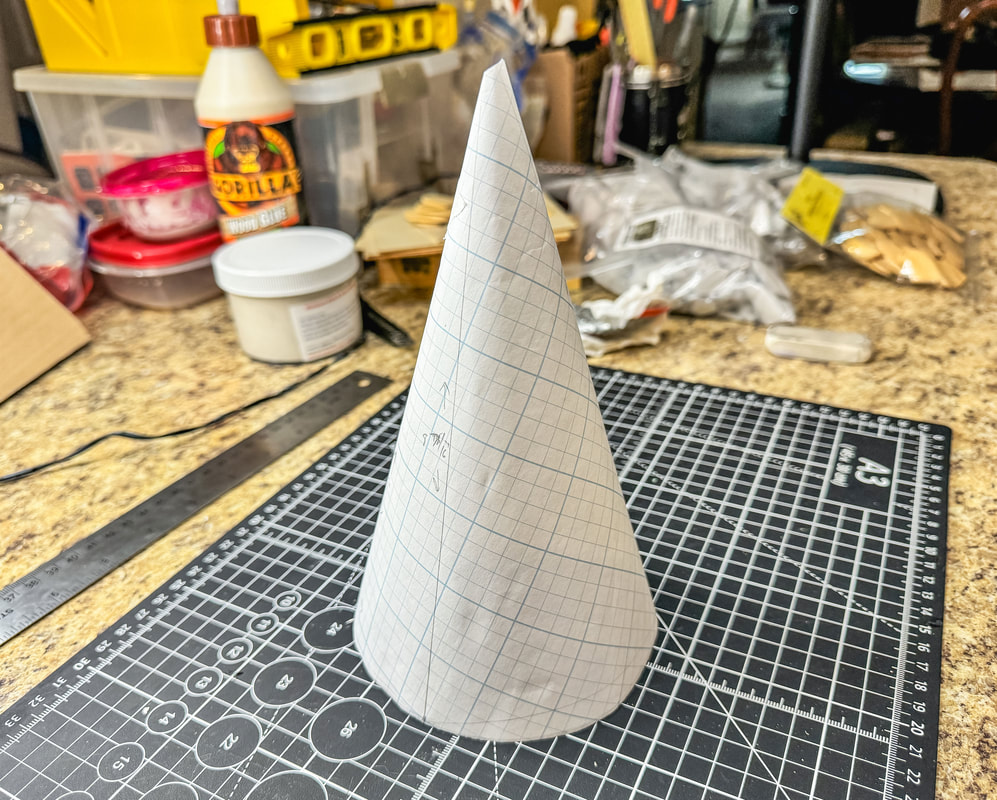
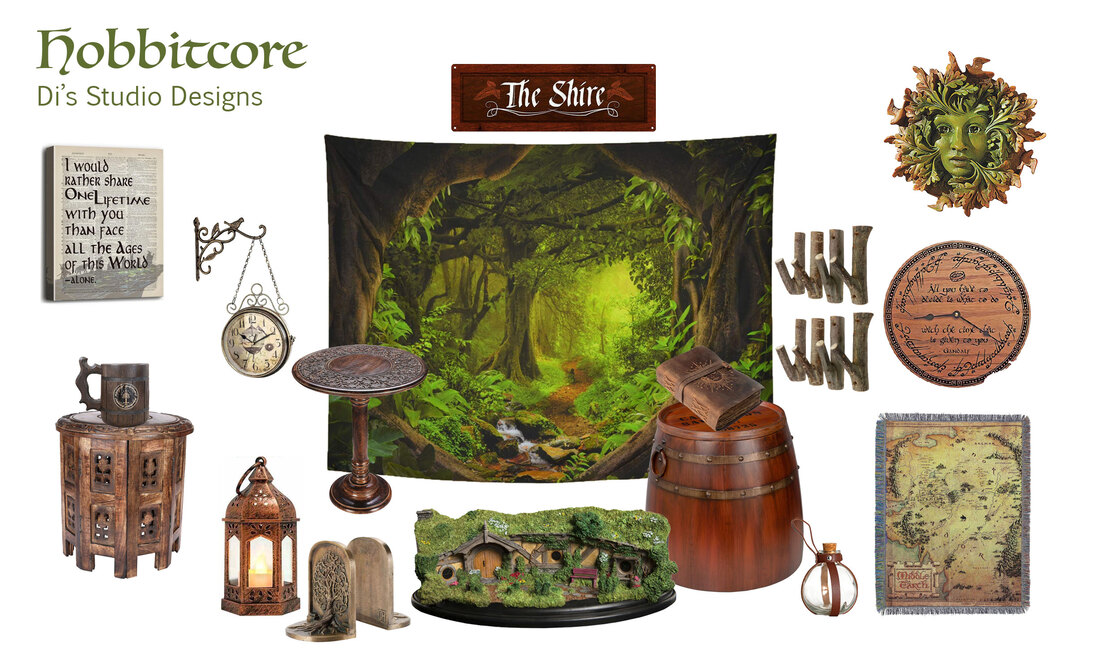
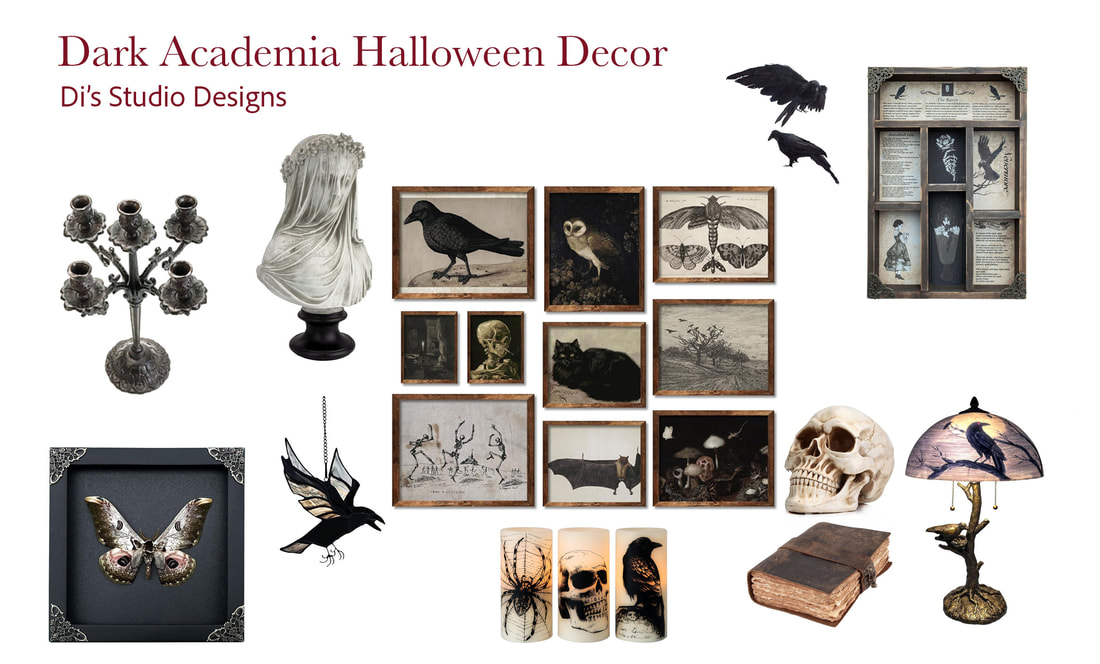


 RSS Feed
RSS Feed
